By now, your students are probably familiar with some of the Disney renditions of classic fairy tales, so I handpicked three titles to incorporate into your elementary classrooms that keep the magic of fairy tales alive on the page.
Click the TR buttons to find a free Teacher Resource with the title.
The Princess and the Pea by Rachel Isadora (Grades P-1, Level H) ![]()
You may be familiar with the story of the Princess and the Pea, but Rachel Isadora’s retelling is a strikingly beautiful interpretation.
This version is set in Africa, where a prince looking for a wife meets with three princesses, each of whom say hello to him in her own language (Somali, Amharic and Swahili), as he tries to find his perfect match. He administers the iconic pea-under-the-mattress test, and one princess passes with flying colors.
Speaking of colors, Isadora uses vibrant purples, greens and browns to illustrate this fairy tale, and her use of textures is even more astounding. The Princess and the Pea is a visual feast fit for a memorable read-aloud.
For a creative activity with your students, imitate Isadora’s illustration style in your classroom. Have your students scribble, paint, squiggle and doodle in big blocks on plain white paper. Then cut clothes, faces, trees – whatever you need – to illustrate a story your class writes together. Glue the pieces together on plain white paper and write the words to the story around the pictures, or glue them to popsicle sticks and have the class act it out.
Seriously, Cinderella is So Annoying by Trisha Speed Shaskan (Grades P-3, Level M, Lexile 380) ![]()
Perfect for reluctant readers, Seriously, Cinderella is So Annoying tells the familiar story from the “wicked” stepmother’s perspective. The way she sees it, Cinderella’s birds  and rodents aren’t so much friends as they are rabies risks. And what’s up with all that singing anyway?
and rodents aren’t so much friends as they are rabies risks. And what’s up with all that singing anyway?
This fractured fairy tale forces the reader to step inside the shoes of the villain, Cinderella’s stepmother, and see the story from her perspective. When students understand the villain’s viewpoint, they may think maybe she made the right call in keeping Cinderella home from the ball.
This book makes an excellent mentor text for point-of-view and conflict resolution discussions. How does the story change when told from different perspectives? How can you see a disagreement from your peer’s point of view to meet a middle ground?
Another great thing about this book is the “Think About It” section in the back which contains questions that can be used to spark in-class discussions or as writing prompts, and a “Read More” section with a list of more Cinderella titles.
Fairy Tale Comics edited by Chris Duffy (Grades 1-7)
When you see the beautifully designed cover with many fairy tale characters dancing on the page you’ll fall in love with this collection of tales.
This text features 17 fairy tales condensed into short graphic adaptations by a slew of talented illustrators, each with his or her own stylistic spin on a classic. Students might recognize Brett Helquist’s style in the warm pencil drawing of “Rumpelstiltskin” and make connections with his other works A Series of Unfortunate Events and Chasing Vermeer. The wordless version of “Goldilocks and the Three Bears” by Graham Annabelle (author/illustrator of Grickle) will encourage students to make inferences about the characters’ motivations. And, for me, the most memorable comic was “Little Red Riding Hood” by Gigi D.G. (author/illustrator of the webcomic Cucumber Quest), with its clean lines, bold blocks of color and concise dialogue.
Comics in the classroom are incredibly versatile and engage even the most reluctant readers with vivid illustrations and dialogue. Students can use the illustrations to infer each character’s emotions and use the dialogue as a script for readers’ theatre. With 17 different comics to choose from, there are plenty of characters for each student to take a turn.
Whether you pick and choose individual stories or consume them in one sitting, read them alone or read them aloud, Fairy Tale Comics will be a favorite in the classroom.
Check out two fairy tales for your middle school classrooms here and one fairy tale for your high school classrooms here.
Want to beef up your elementary classroom library’s stock of fairy tales? Check out these folk and fairy tale collections!


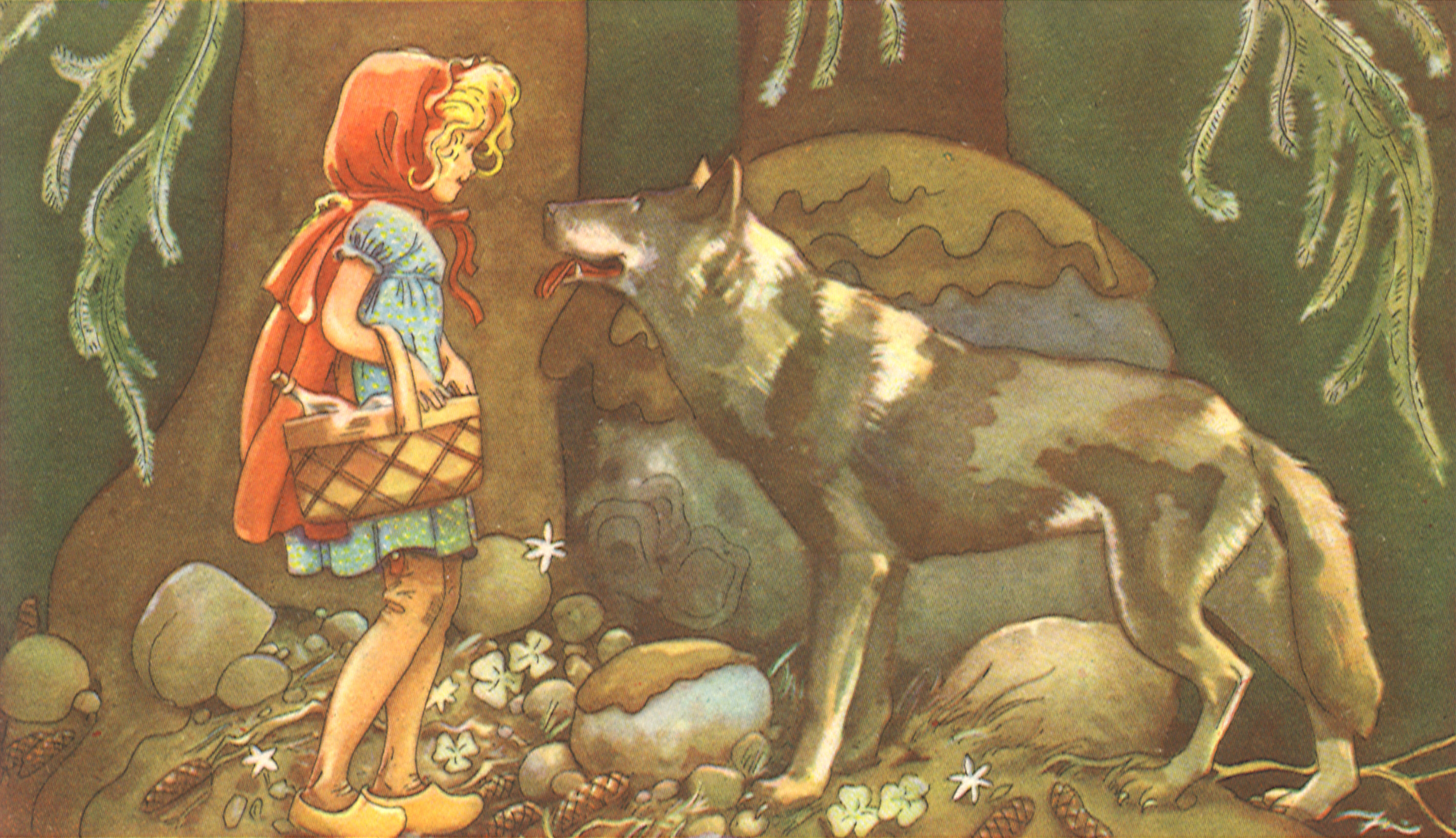

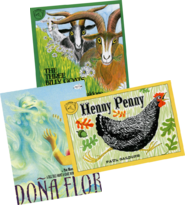
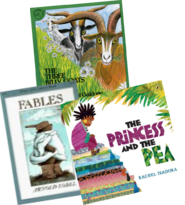
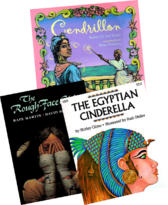
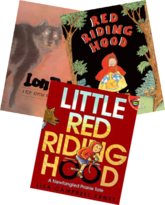
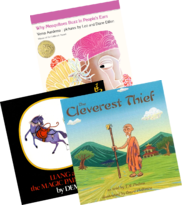
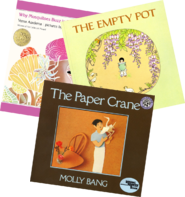
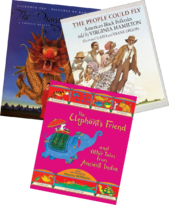
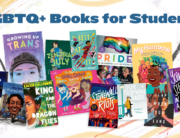
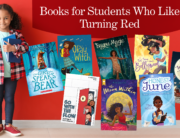
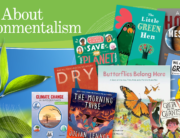
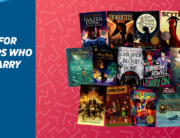
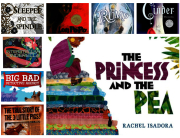
Leave A Comment